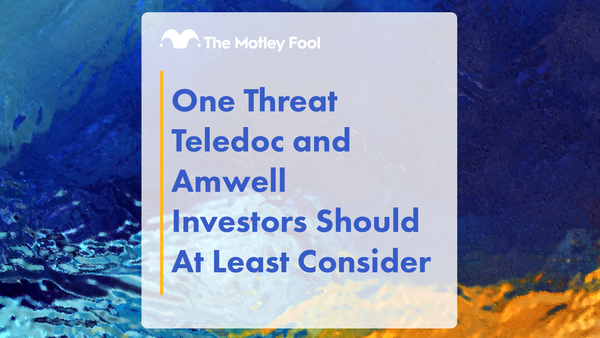Gilead Sciences (GILD 1.17%) plans to release second quarter financials on Wednesday. Here are three things investors should pay attention to during the conference call.
1. How sustainable are hepatitis C sales?
This is literally the multi-billion dollar question. Sovaldi sales north of $3 billion would be nice. If it can hit $3.5 billion, investors will do a little dance for sure.
But while the higher the sales the better, one quarter of sales doesn't tell you how much Gilead is worth. The biotech's long-term value is ultimately determined by sales of Sovaldi-containing cocktails over years, not quarters.
A cocktail containing Sovaldi and ledipasvir is under review at the FDA and should be approved by the end of the year. Doctors may wait for that combination, but investors shouldn't freak out if sales of Sovaldi alone fall next quarter. Gilead should be able to capture most of those delayed sales when patients take Sovaldi-ledipasvir, presumably at a higher price.
AbbVie's (ABBV 1.15%) all-oral cocktail should be approved just after Sovaldi-ledipasvir, but Gilead looks like it has AbbVie beat on convenience, requiring fewer pills per day. Look for discussion of potential price wars during the conference call.
The bigger threat could come from Merck (MRK 1.16%), which recently announced plans to acquire Idenix Pharmaceuticals. Merck is further behind Gilead an AbbVie, but its cocktail could potentially supplant Sovaldi-ledipasvir if it works just as well but allows patients to take the drug for a shorter time.
2. Oh, about those HIV sales
Remember when Gilead was an HIV drug company?
It still is.
When a single drug is producing revenue of $3 billion in one quarter, it's easy to forget about its other drugs, but the combined sales of Atripla, Truvada and the rest of Gilead's HIV franchise should still top $2 billion this quarter, having almost as much impact on revenue and profit as Sovaldi will.
The HIV drug to watch is Stribild, a quad pill developed internally by Gilead. Top selling HIV drug Atripla contains a medication developed by Bristol-Myers Squibb, so Gilead has to share Atripla revenue with the pharma. In the first quarter, Stribild sales were up 134% year over year, while Atripla's sales dropped 11% year over year. Stribild is approaching blockbuster status, but sales are still less than a third of Atripla, so there's more work to be done .
3. So what are you going to do with all that cash?
Not only does having $3 billion in Sovaldi sales essentially double Gilead's revenue, but profits increase even further because every $1 billion in Sovaldi sales improves non-GAAP product gross margins and non-GAAP effective tax rate by 0.75% to 1%.
In May, Gilead announced a $5 billion share repurchase plan. And that was on top of the $2.9 billion it still had left on the one set up in 2011 . Given the uncertainty about how long the Sovaldi-sales will last, a share buyback is more appropriate than starting a dividend that might not be sustainable.
But is buying back shares the best use of Gilead's capital? Are there really no better deals in biotech land than buying shares of Gilead?
I'd like to see Gilead buy an oncology company with a drug or two already on the market. Gilead has idelalisib under review for a couple of a couple different blood cancers and a pipeline of other oncology drugs, but no experience selling cancer drugs. Combining idelalisib with some other cancer drugs could also help with margins if there was sales force overlap.





